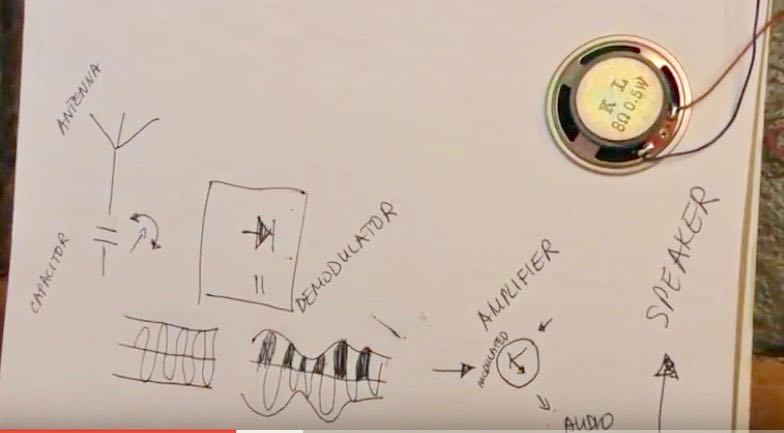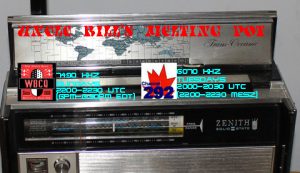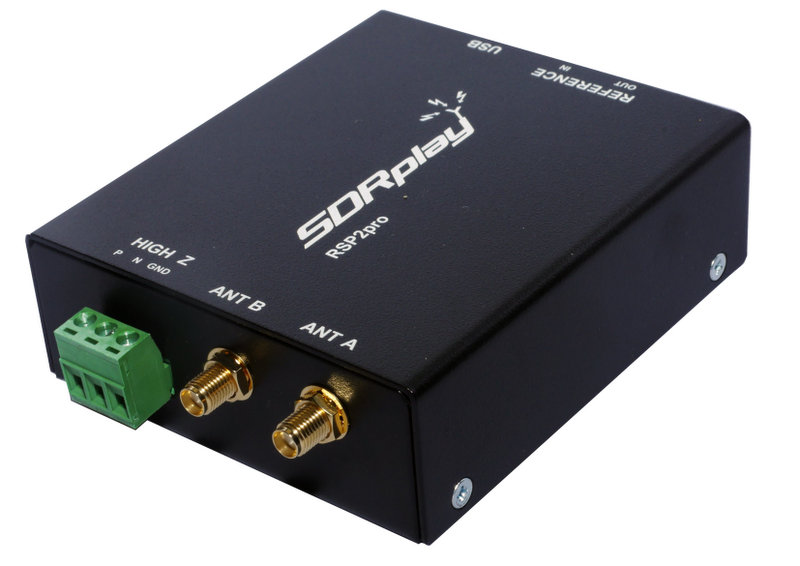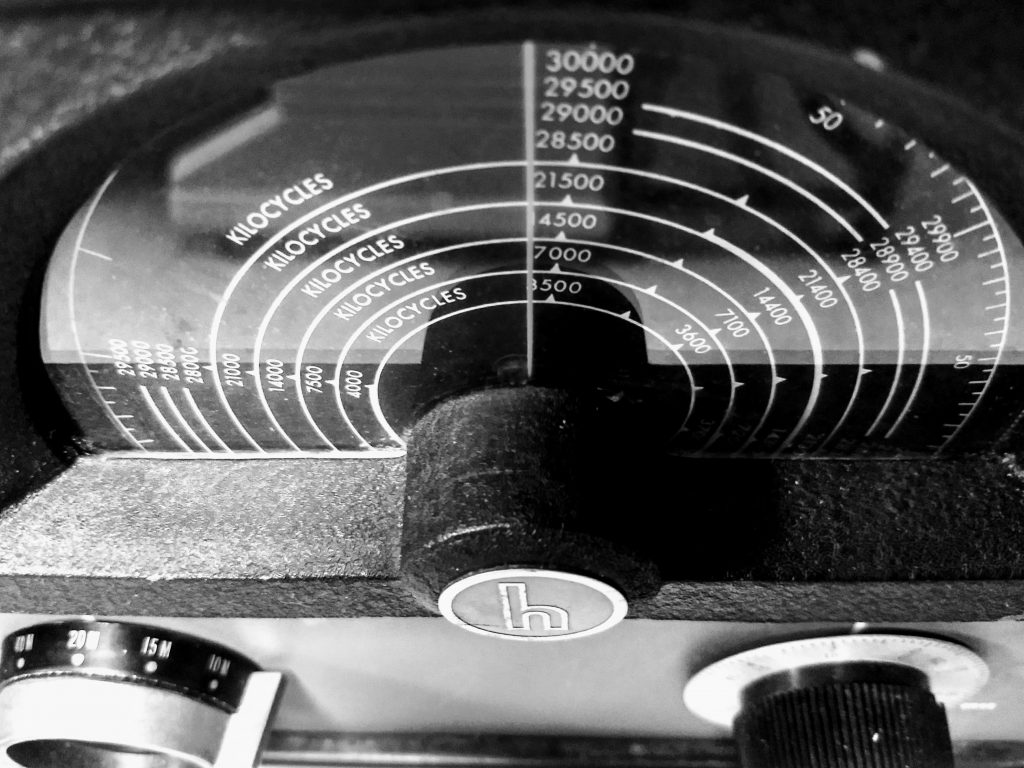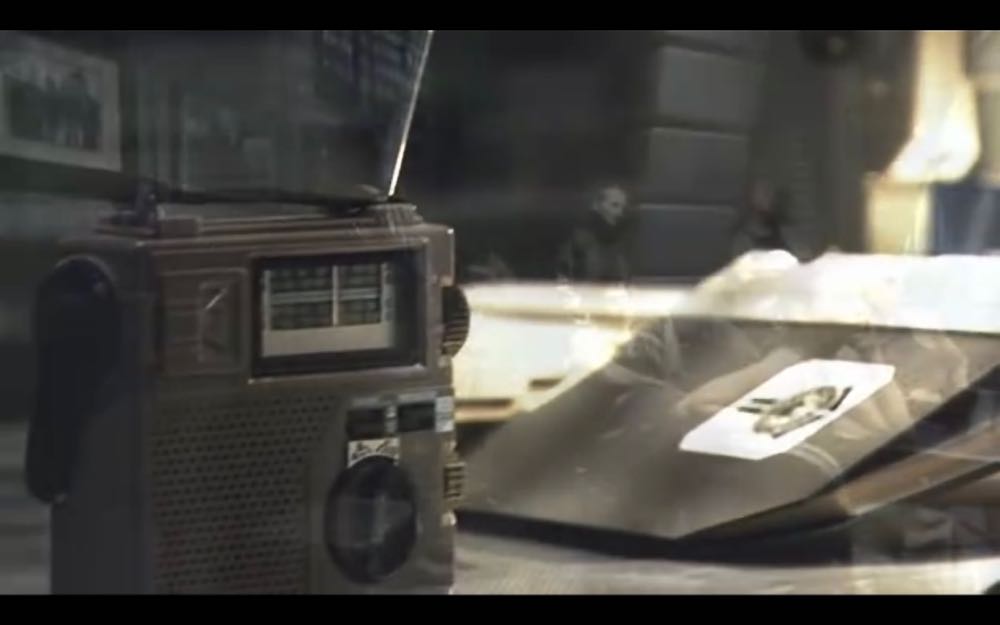
Many thanks to SWLing Post contributor, Bruce F, who writes:
Here is a photo of a radio from the 2004 – 2009 TV series “Battlestar Galactica“. This radio is perhaps unique and worthy of careful study! Why? Because not only was it NOT MADE on Earth, but there is no connection in its design with any other known radio ever.
The reason for this is quite simple. This sci-fi TV series takes place in a distant future when all humans had left the Earth generations ago and migrated throughout the galaxy. The humans in this series have lost all touch with humanity’s origin planet. They do not know where Earth is, or even if it still exists, or if it ever actually existed.
“Earth” is an important part of their religion and mythology. So here is a totally un-Earthly radio. Odd though. it does closely resemble a Grundig wind-up radio I owned sometime in the 2000’s…
Ha ha! Yes indeed, Bruce. And I can confidently say that I’ve personally distributed hundreds upon hundreds of this particular radio model for Ears To Our World. Grundig used to market it as the Grundig FR-200, and Tecsun still offers it as the Tecsun Green-88 (or GR-88). It’s a brilliant receiver, although I’m not sure how effectively one can monitor shortwave while in a spacecraft! 🙂
I also grabbed some screenshots from BSG with a number of radios some time ago. I’m not sure I ever posted it, though. I’ll have to look through my (rather deep) drafts folder.
Thanks for sharing, Bruce. I’ll add this post to our growing archive of radios in film!

